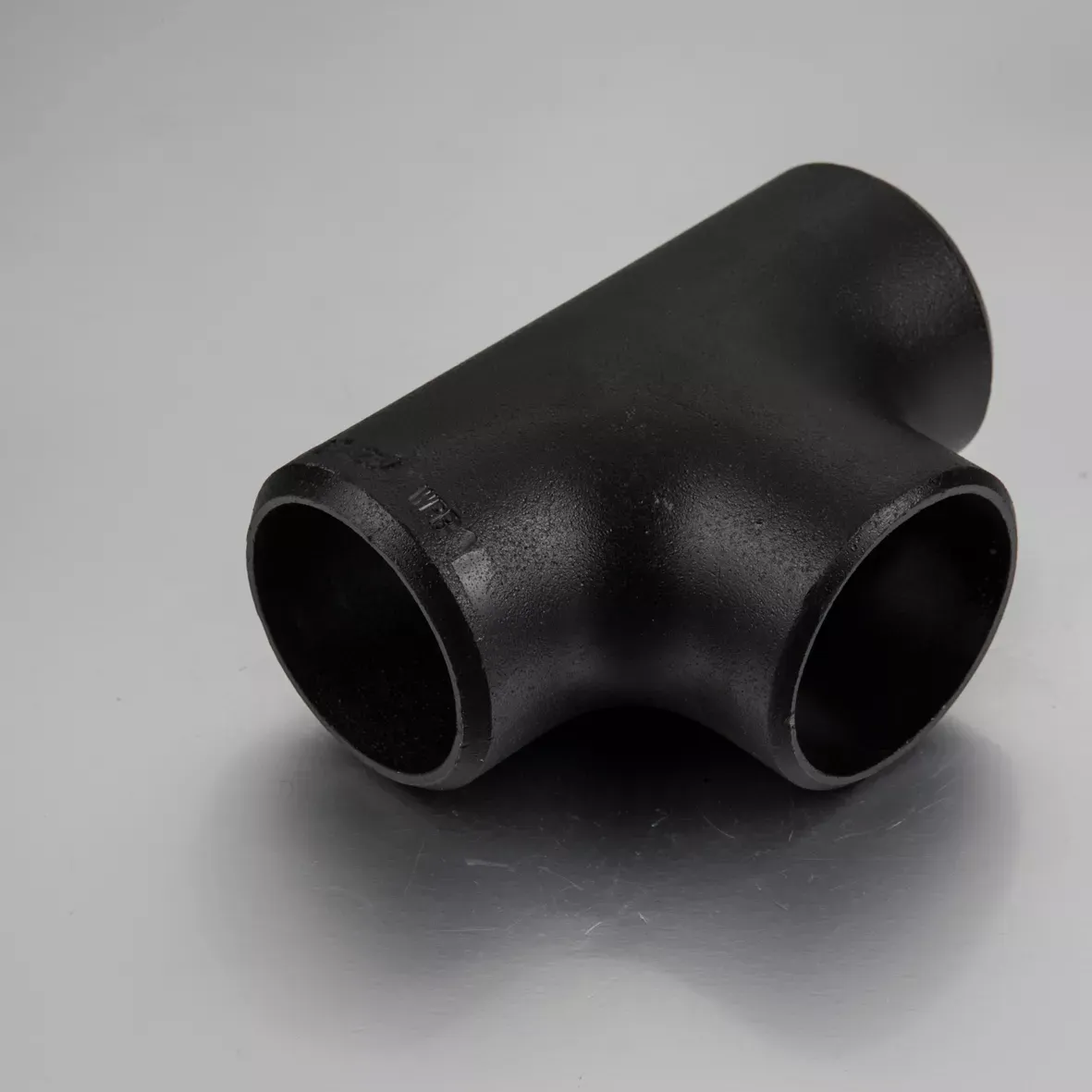-
Cangzhou Yulong Steel Co., Ltd.
-
Phone:
+86 13303177267 -
Email:
admin@ylsteelfittings.com
- English
- Arabic
- Italian
- Spanish
- Portuguese
- German
- kazakh
- Persian
- Greek
- French
- Russian
- Polish
- Thai
- Indonesian
- Vietnamese
- Zulu
- Korean
- Uzbek
- Hindi
- Serbian
- Malay
- Ukrainian
- Gujarati
- Haitian Creole
- hausa
- hawaiian
- Hebrew
- Miao
- Hungarian
- Icelandic
- igbo
- irish
- Japanese
- Javanese
- Kannada
- Khmer
- Rwandese
- Afrikaans
- Albanian
- Amharic
- Armenian
- Azerbaijani
- Basque
- Belarusian
- Bengali
- Bosnian
- Bulgarian
- Catalan
- Cebuano
- China
- China (Taiwan)
- Corsican
- Croatian
- Czech
- Danish
- Esperanto
- Estonian
- Finnish
- Frisian
- Galician
- Georgian
- Kurdish
- Kyrgyz
- Lao
- Latin
- Latvian
- Lithuanian
- Luxembourgish
- Macedonian
- Malgashi
- Malayalam
- Maltese
- Maori
- Marathi
- Mongolian
- Myanmar
- Nepali
- Norwegian
- Norwegian
- Occitan
- Pashto
- Dutch
- Punjabi
- Romanian
- Samoan
- Scottish Gaelic
- Sesotho
- Shona
- Sindhi
- Sinhala
- Slovak
- Slovenian
- Somali
- Sundanese
- Swahili
- Swedish
- Tagalog
- Tajik
- Tamil
- Tatar
- Telugu
- Turkish
- Turkmen
- Urdu
- Uighur
- Welsh
- Bantu
- Yiddish
- Yoruba

Sep . 07, 2024 03:27 Back to list
Blind Flange End - Essential Information and Applications
Understanding Blind Flange Ends Essential Components in Piping Systems
In the realm of piping systems, various components work together to ensure the safe and efficient transport of fluids. Among these components, the blind flange end holds a critical role, offering both functionality and versatility. This article delves into the significance, applications, and characteristics of blind flange ends, shedding light on why they are indispensable in industrial settings.
What is a Blind Flange End?
A blind flange end is specifically designed to seal off the end of a piping system. Unlike a standard flange, which allows for connections between two pipes, a blind flange does not have a central opening. This makes it an ideal choice for terminating pipes, providing a flat surface that effectively blocks the flow of fluids. Typically crafted from materials such as stainless steel, carbon steel, or plastic, blind flanges are selected based on the operational environment and the types of fluids being contained.
Key Functions of Blind Flange Ends
The primary function of blind flanges is to isolate sections of a piping system. They are often used in situations where maintenance, inspection, or modifications are required. By providing a secure seal, blind flanges help prevent leaks and spills, ensuring that the system operates safely. Beyond isolation, blind flanges can also act as pressure retaining devices, maintaining the pressure integrity of the pipeline.
blind flange end

Applications in Various Industries
Blind flange ends find applications in a multitude of industries, including oil and gas, chemical manufacturing, water treatment, and power generation. In oil and gas, for instance, they are crucial in pipelines that transport crude oil and natural gas, where any leaks can lead to significant risks and environmental hazards. Chemical plants use blind flanges to isolate equipment during maintenance, allowing for safe procedures while preventing chemical exposure. Their role in water treatment facilities is also vital; by sealing off certain sections of the pipeline, operators can conduct repairs without disrupting the entire system.
Choosing the Right Blind Flange End
When selecting a blind flange, various factors must be considered, such as size, material, and pressure rating. It is crucial to match the flange with the specifications of the existing piping system to ensure compatibility and effectiveness. Additionally, consideration of the environmental conditions—such as temperature and exposure to corrosive substances—plays a significant role in the selection process.
Conclusion
In summary, blind flange ends are critical components in piping systems, providing essential functions such as isolation, pressure retention, and safety. Their versatility across different industries underscores their importance in maintaining the integrity and efficiency of fluid transportation systems. As industries continue to grow and innovate, the role of blind flanges will remain paramount, ensuring that the systems we rely on operate smoothly and sustainably.
Latest news
-
ANSI 150P SS304 SO FLANGE
NewsFeb.14,2025
-
ASTM A333GR6 STEEL PIPE
NewsJan.20,2025
-
ANSI B16.5 WELDING NECK FLANGE
NewsJan.15,2026
-
ANSI B16.5 SLIP-ON FLANGE
NewsApr.19,2024
-
SABS 1123 FLANGE
NewsJan.15,2025
-
DIN86044 PLATE FLANGE
NewsApr.19,2024
-
DIN2527 BLIND FLANGE
NewsApr.12,2024
-
JIS B2311 Butt-Welding Fittings LR/SR 45°/90° /180°Seamless/Weld
NewsApr.23,2024











